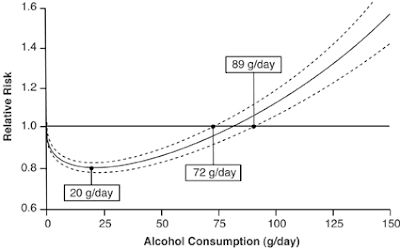Stress
markedly alters brain activity. It is thought that the human brain actually
does not have a “stress response” but rather only a danger response. The purpose of this response is to focus all brain
resources only on the danger at hand. While
this serves to help with survival, it is counterproductive for normal function.
While this response helped with survival for millions of years, it may be
causing us problems in our modern environment as this reaction is also
triggered by psychosocial stress. Danger
tended to be infrequent and brief.
Stress in contrast, is frequent and ongoing for many.
It seems
this hyperactivity in the frontal brain attention area comes at the expense of
a lot of other brain functions, some important in processing memory. While we develop intense memory of the
dangerous situation, we do not process everything else occurring at the same
time. No harm is done during 10 minutes
of danger but when the same reaction is triggered over days by psychosocial
stress, normal memory processing is sacrificed at the expense of focus on the
stress.
There has
been demonstration that exposing adults to higher levels of short-term stress
impairs important memory circuits. A
recent study compared processing of long-term and working memory during higher
stress as measured by a test called “Stress and Adversity Inventory”.(1) Both forms of memory processing were impaired
during higher stress scores.
The answer
to the question, does memory suppression associated with sustained stress
eventually translate to increased risk of Alzheimer’s, appears to be an
emphatic yes. Often stress is
unavoidable such as with the serious illness of a family member. Another recent study has suggested the
mechanism of this relationship.(3) An
important driver of Alzheimer’s disease is chronic inflammation. It is typically triggered by toxicities such
as with heavy metals, diet, omega-3 fatty acid insufficiencies and chronic
infections such as Lyme. Stress is also
a potent driver of chronic inflammation.

The second
observation was that the increased levels of IL-6 over the same age transition
was 395%, or 10 times greater in the stressed caregivers. Both age and sustained stress are risk
factors for Alzheimer’s disease. The
former is unavoidable, while the second may be in some circumstances. Some stress is avoidable, while other stress
circumstances are not. In those with
unavoidable stress the importance of an otherwise
anti-inflammatory lifestyle is paramount.
This involves careful attention to diet, weight, sleep and other factors
which are known to contribute to chronic inflammation.
1) Shields
et al. Recent
life stress exposure is associated with poorer long-term memory, working
memory, and self-reported memory.
Stress, 2017 ePub.
2) Johansson et al. Midlife psychological stress and
risk of dementia: a 35-year longitudinal population study.
Brain, 2010;133:2217–2224.
3) Kiecolt-Glaser et al.
Chronic stress and age-related
increases in the proinflammatory cytokine IL-6. PNAS,
2003;100(15):9090-9095.







